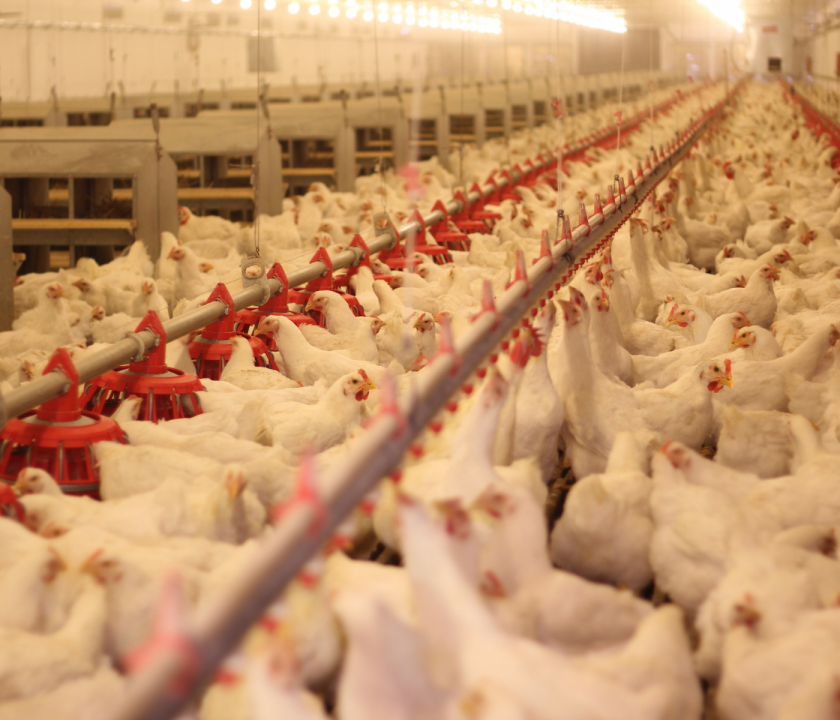Content available at: Español (Spanish) Português (Portuguese (Brazil))
The management and nutrition of the breeders are important for the performance of the birds in order to achieve the maximum number of vigorous and viable chicks. This article summarizes some important aspects for optimizing chick quality:
- Breeding uniformity
- Conditioning of the female – muscle development and fat reserves at the time of light stimulation
- Importance of health programs
- Quality of fertile eggs
Egg uniformity
In broiler farms, uniform chicks from not too young breeders are preferred to prevent them from being too small and less viable. This factor will depend on the uniformity of the eggs and the management of the breeders, especially during rearing.
Table 1. Conditioning (Fleshing) and pelvic fat of females
Table 1 shows the expected rapid changes in muscle development (70% with grade 2 fleshing at 12 weeks; 79% of females with grade 3 fleshing at 18 weeks; and 97% of birds with a grade 3 or 4 at 21 weeks).
The uniformity in the size of birds is achieved mainly during the first 8 weeks. From 16 weeks on, uniformity in muscle development (fleshing) and fat deposits become more significant in achieving good sexual uniformity. Figure 1 illustrates an example of the correlation between uniformity and egg weight for Cobb 500 FF (fast feather) hens.
- The average uniformity is 88.2%, with a spread of +/- 10%.
- This means that the chicks should show > 80% uniformity at hatch, which is very acceptable.
- At 25 weeks, eggs weighing more than 50 g reach a uniformity> 80%, and this stabilizes at approximately 89%.
Light stimulation
Normally there is a positive correlation between the total amount of feed consumed and the body condition of the females at the end of rearing – 21 weeks of age. This directly influences chick viability, at least during the first 6-8 hatches.
Keep up to date with our newsletters
Receive the magazine for free in digital version
REGISTRATION
ACCESS
YOUR ACCOUNT
LOGIN
Lost your password?

